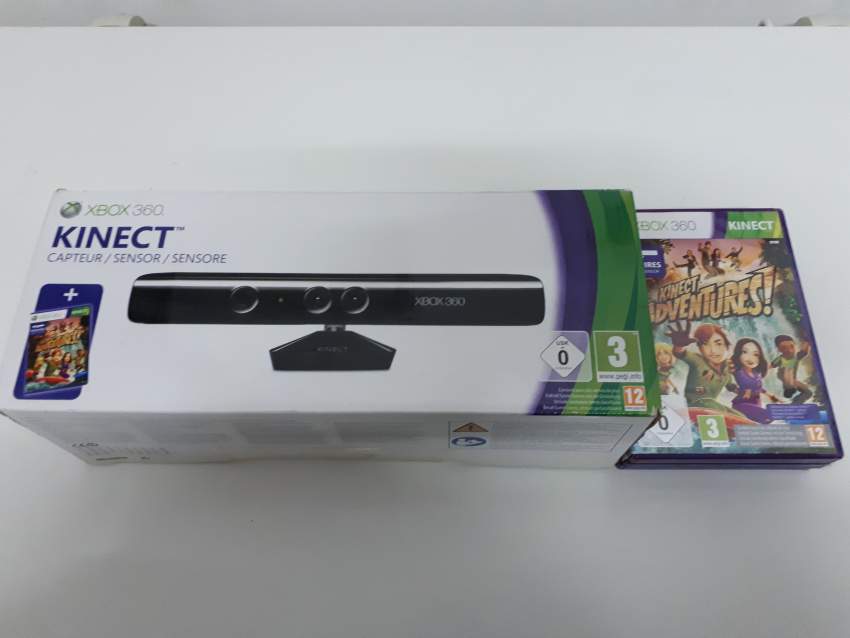
Each child took cognitive tests before and after playing games in Shape Up (via the Kinect sensor on an Xbox One console), and wore two ActiGraph activity monitors and a Polar heart rate monitor. Study participants included 44 children ages 8-12. This study examined (i) the relationship between Body Mass Index (“BMI”) and cognitive performance (inhibitory control) at baseline, and (ii) cognitive changes experienced by lean and overweight-obese children following short bouts of exergaming play. These findings point to the need to adjust children’s non-media environments to meet the sensory needs for which they might otherwise depend on media devices, in order to minimize their distress when those devices are removed.

Children with disorders associated with sensory imbalances had higher scores on device usage, sensory curation, problematic media use, and adult-child media conflict. The second survey replicated those findings. In the first survey, child media sensory curation strongly predicted problematic child media use and moderately predicted adult-child media conflict. Two surveys validated such measures, and identified links with problematic child media use and family media conflict. The team also describes measures pertinent to sensory curation. This team describes a new theory, based on the concept that sensory curation functions alongside informational, emotional, and relational gratifications to influence child media habits, with the goal of better understanding why media attachments can develop early in life, and why distress and conflict may arise for some children when adults come between them and their devices. This work is based on sensory curation theory, which conceptualizes media devices as tools that both children and adults use to maintain sensory regulation by simultaneously capturing and curbing different visual, auditory, and movement/activity/tactile input in environments that may otherwise feel intolerable.
Kinect sensor tv#
Findings suggest policies to reduce adolescents’ TV food and beverage ad exposure may reduce youth engagement with brands on social media. Disproportionate engagement among Black and less acculturated Hispanic youth is of special concern. Younger teens are engaging with brands to the same degree as older ones, even though they spend 30 minutes less per day on screens. Models including sociodemographic variables and screen use as predictors of brand engagement showed that: watching TV ≥2 hours daily was associated with following ≥1 brands and using other screens ≥4 hours daily was associated with following ≥5 brands.

Seventy percent of adolescents reported engaging with food and beverage brands on social media, more than one-third engaged with ≥5 brands, and Black and less acculturated Hispanic adolescents were more likely than non-Hispanic White adolescents to engage with brands. This study examined associations between brand engagement, sociodemographic variables (race/ethnicity, acculturation, age, gender, and parent education), and screen time (daily TV viewing time and time spent on other screens, including smartphones, tablets, and computers). In a cross-sectional, self-reported online survey, 1564 adolescents (ages 13-17) described their social media engagement with fast food, sugary drink, snack, and candy brands.




 0 kommentar(er)
0 kommentar(er)
